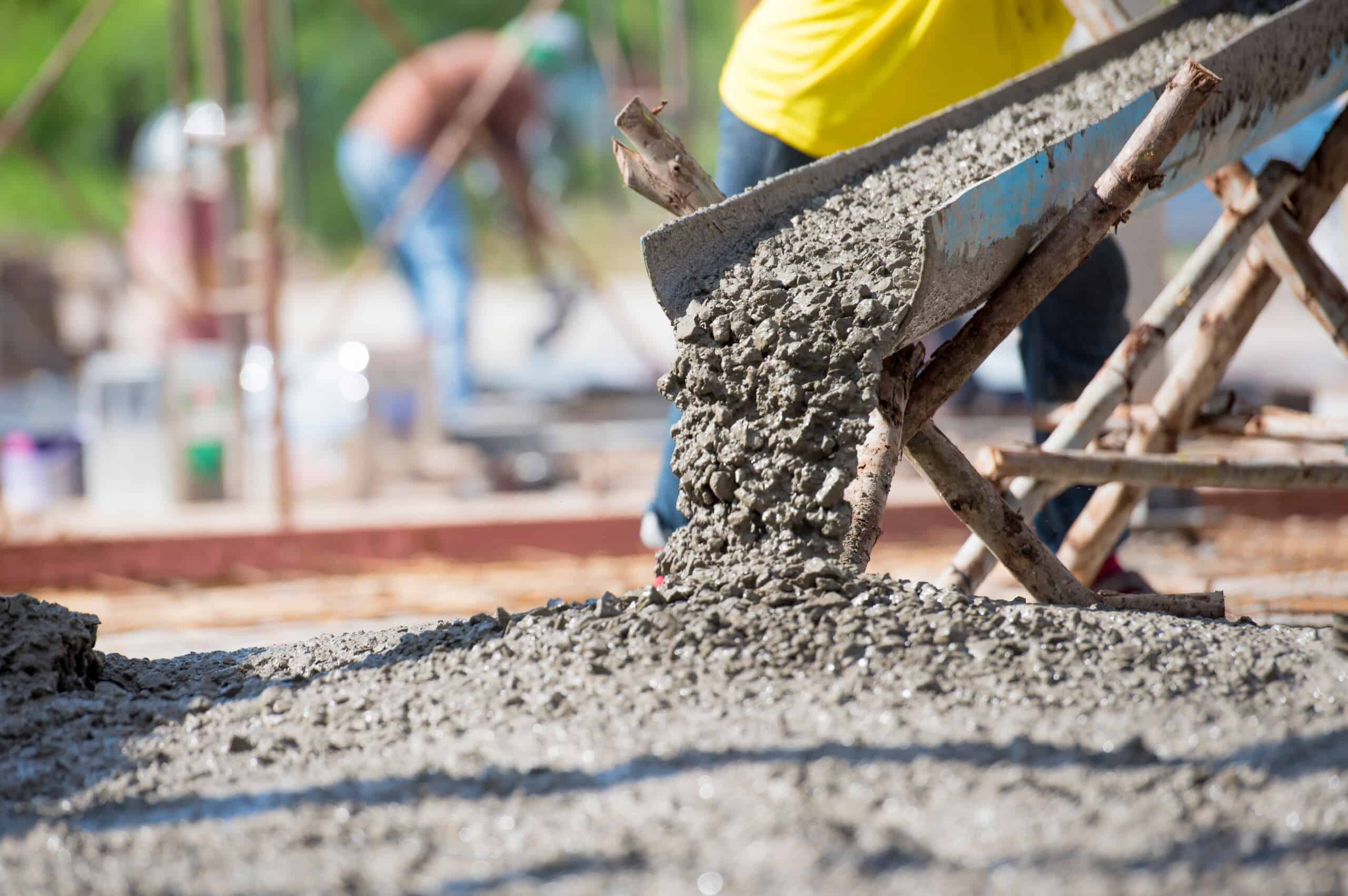
Concrete is one of the most commonly consumed products on the planet, second only to water. 4.4 billion tons are produced annually and is projected to increase to 5.5 billion by 2050. Its durability, strength, and cost-effectiveness have made it a go-to for builders for centuries. Structures made from concrete can last for generations. But at what cost? If you've read our blog on The Truth About Concrete and The Environment, you know there are plenty of reasons to make the switch to more eco-friendly alternatives. From the excessive carbon emissions produced throughout the manufacturing process to its water intensity, the obstacles created by concrete production are beginning to outweigh the benefits of the end product. So what else can builders use? Keep reading to find out!
Mycelium
A mycelium is a web of fungal threads and strands, also known as hyphae. In nature, their function is similar to that of the roots of a tree in that they dig into the soil surrounding the fungi, breaking down the organic matter to extract nutrients that then go to both the fungi and surrounding plants.
Mycelium is interesting because it is an abundant renewable resource that can create sustainable, organic, and sturdy building materials like blocks or panels. To accomplish this, builders combine the mycelium with clean, organic waste, such as corn stalks or sawdust, and encourage them to grow in a specific shape. The final product is then dried, resulting in materials that are biodegradable, lightweight, fire resistant, and provide excellent insulation.
Unlike concrete, mycelium materials don't require high temperatures or energy-intensive manufacturing processes. They can grow in ambient conditions with just a little moisture and the proper nutrients, allowing for a significantly lower carbon footprint and energy consumption during production. Additionally, mycelium is biodegradable and compostable. When it reaches the end of its useful life, it can simply be returned to the earth, where it can break down naturally.
Rammed Earth
Rammed earth is a construction technique that utilizes natural materials like soil, clay, sand, and gravel. This mix of ingredients is packed tightly into formwork or giant molds layer by layer, compressing it as much as possible with a mechanical rammer. Once it's all compacted, it is left to dry and harden naturally.
This technique is better for the environment for several reasons. It uses abundant and locally sourced materials, reducing transportation emissions. Additionally, suppose a builder wants to change things up. In that case, they can simply deconstruct the rammed earth walls and use the materials again. Rammed earth is also super durable and can withstand the elements very well, reducing the need to keep rebuilding and using more resources. To make things better, this unique material has excellent thermal properties. It acts like a natural insulator, keeping you cool in the summer and toasty warm in the winter.
Hempcrete
Hempcrete is a bio-composite construction material made from the hurd, the hemp plant's inner woody core, and a lime-based binder. The hemp hurd is mixed with water and the lime binder to create a pasty mixture that can be packed or poured into wall forms, similar to concrete. Over time, the hempcrete cures and hardens, resulting in a solid and long-lasting structure. Hemp is a rapidly renewable resource that grows quickly without synthetic pesticides or herbicides. These plants offer a distinct environmental advantage because, unlike concrete, which emits co2 throughout its production, hemp absorbs significant carbon dioxide from the atmosphere during its growth, acting as a carbon sink and contributing to carbon sequestration.
As a building material, hempcrete offers excellent insulation properties. Its porous structure allows for breathability, regulating humidity and reducing the reliance on energy-intensive heating and cooling systems. Additionally, hempcrete is lightweight, reducing the heavy machinery and equipment needed. To make things better, hempcrete is non-toxic. It doesn't release harmful chemicals or volatile organic compounds (VOCs) into the air, making it the perfect material to infill existing structures, providing a greener alternative for renovation projects.
Finite
When it comes to ingredients, traditional concrete is particularly harmful because it relies on specific types of sand, leading to the overexploitation of riverbeds and coastal areas. Traditional concrete also requires an extensive heating process, which is highly energy intensive and releases significant greenhouse gas emissions. Contrastingly, finite utilizes desert sand to make building blocks, which is plentiful and often underutilized. Unlike cement, its manufacturing process involves minimal energy input, reducing greenhouse gas emissions significantly.
As a building material, Finite blocks are beneficial because they contain natural insulating characteristics, helping regulate temperature and reduce the need for energy consumption in heating or cooling buildings. To make things even better, finite blocks can be easily dismantled and repurposed at the end of a building's life cycle, promoting a circular economy approach by reducing waste and allowing for the reuse of materials. Finally, Finite's utilization of desert sand aids in land restoration efforts. By repurposing sand from arid regions, Finite contributes to rehabilitating desert areas, offering the potential for ecological restoration and revitalizing degraded landscapes.
Smart Energy Education strives to create a more sustainable world through energy and water education. If you are looking to learn more about how to make a positive difference in the environment, are interested in energy careers, or would like to participate in some fun energy activities, visit us at Smart Energy Education and Watt Watchers!
We'd love to help answer any questions and help you get started! Drop us a line and we'll get back to you as soon as we can.
Watt Watchers of Texas
204 E. Dean Keeton Street, Austin, Texas 78712
contact@watt-watchers.com
Nos encantaría contestarle cualquier pregunta que tenga y ayudarle empezar! Envíenos un mensaje y nos pondremos en contacto con usted lo antes posible.
Watt Watchers de Texas
204 E. Dean Keeton Street, Austin, Texas 78712
contact@watt-watchers.com